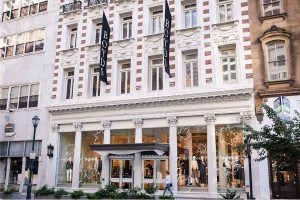10 Things You Never Knew About the Fairmount Park Mansions

Photos by Mark Garvin, James McClelland and Lynn Miller.
A new book by James McClelland, executive director emeritus of the Philadelphia Art Alliance, and Lynn Miller, professor emeritus of political science at Temple University, landed on our desk recently with a resounding thud. City in a Park: A History of Philadelphia’s Fairmount Park System is a thick and terrific compendium of everything that’s in our city’s biggest green space and how it came to be. It includes fodder for a ton of future “Things You Never Knew” posts, but we’ll start with this one, chock-full of obscure facts about the lovely, historic Fairmount Park mansions, whose names are familiar but whose stories may not be. Special holiday note: The mansions “dress up” for Christmas and are open for tours; this year’s version, which begins on Thursday, has “The Twelve Days of Christmas” for its theme. You can visit six historic houses — Mount Pleasant, Lemon Hill, Strawberry Mansion, Cedar Grove, Woodford and Laurel Hill — for just $20 with a holiday pass.

Lemon Hill. Photo | James McClelland and Lynn Miller
Lemon Hill takes its name from the greenhouses on this estate, with its Federal-style home built and designed by Henry Pratt (1761-1838), who helped finance the Revolutionary War. He raised citrus and coffee trees, sugarcane, pepper trees and bananas on the property, and opened the greenhouses to the public free of charge, foreshadowing the future of the land as part of the park system.

Mount Pleasant. Photo | James McClelland and Lynn Miller
Mount Pleasant was built by a successful Scottish pirate (more politely known as a privateer), Captain John Macpherson (1726-1792), who made his fortune seizing prize ships for the British during the French and Indian War. Its mansion, in the Middle Georgian style, features Palladian design principles; John Adams wrote to his wife Abigail that it was “the most elegant seat in Pennsylvania.”
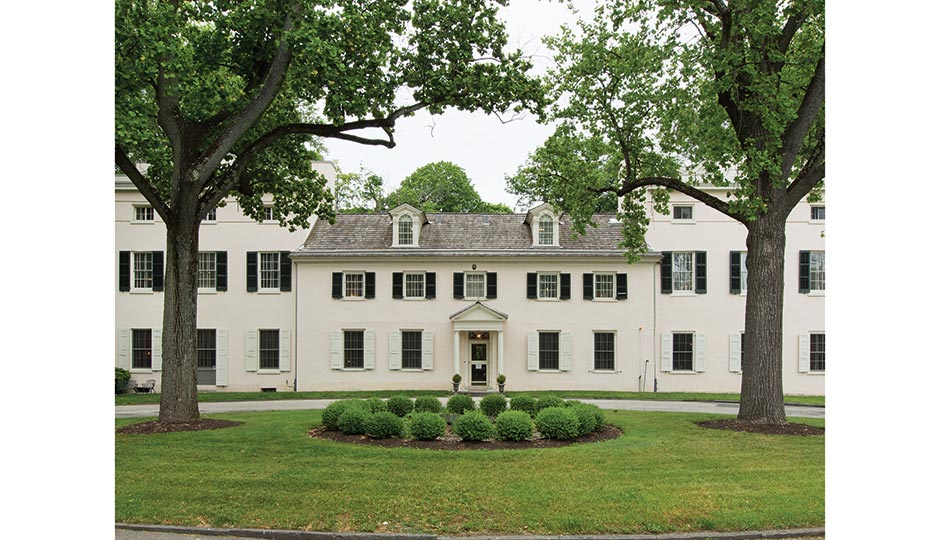
Strawberry Mansion. Photo | Mark Garvin
Strawberry Mansion, built as a farmhouse by attorney William Lewis (1751-1819), was originally called Summerville; after it was added to Fairmount Park in 1871, it took its new name from the restaurant it housed, which sold chicken, ice cream and strawberries to visitors. It was a popular destination for excursions, and a music pavilion was added to the grounds in 1906.
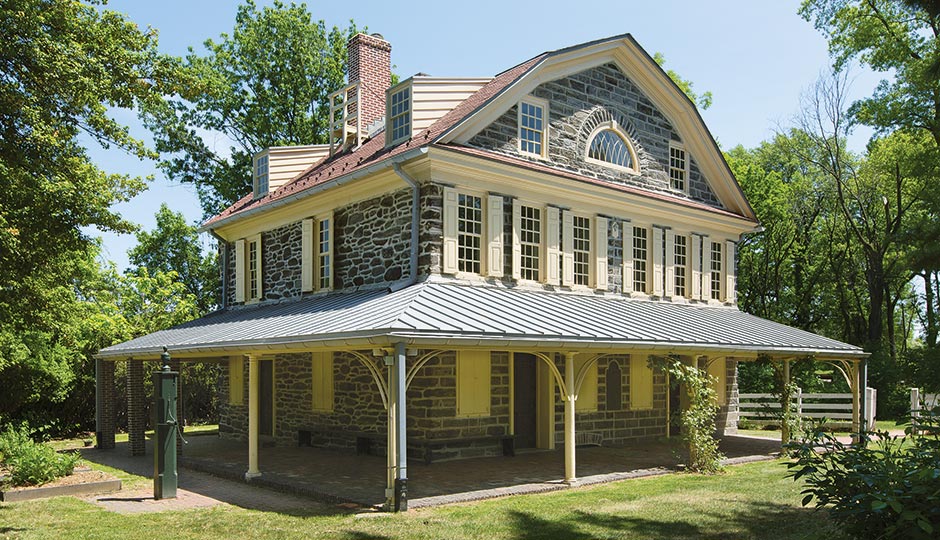
Cedar Grove. Photo | Mark Garvin.
Cedar Grove isn’t native to Fairmount Park; it was moved there in 1926 from its original location in Frankford. It was built in 1748 by a Quaker widow, Elizabeth Coates Paschall, as a summer retreat for her and her children. The home was occupied by five generations of that family until 1888, when newly constructed railroad tracks nearby spoiled its peace and quiet. Its owners paid to have it taken down and rebuilt in Fairmount Park and built themselves a new country house in Chestnut Hill.
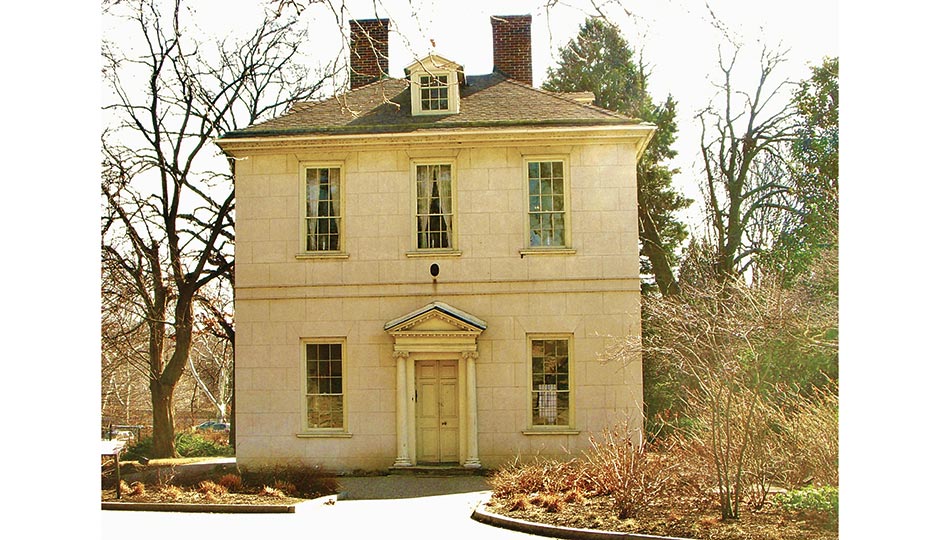
The Solitude. Photo | James McClelland and Lynn Miller
The Solitude, a petite classical villa that’s a perfect cube, was built by John Penn (1760-1834), grandson of William Penn, as the “small retreat of a stylish single gentleman.” After his return to England, it was sold at public auction; eventually, in 1873, it became part of 33 acres chosen as the site of the new Philadelphia Zoological Garden. When the Zoo opened, the Solitude served as the reptile house; later it became the administrative offices. It has since been restored with furnishings from the original era.
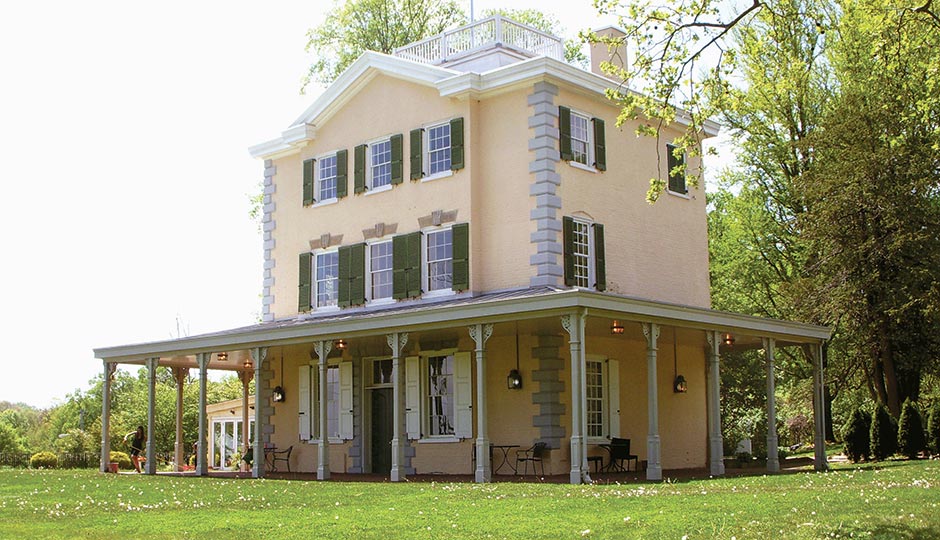
Belmont Mansion. Photo | James McClelland and Lynn Miller
Belmont Mansion was built in the 1700s by William Peters (1702-1786), land manager for the Penn family. His son, Richard Jr. (1744-1828), was a staunch member of the Pennsylvania Society for the Abolition of Slavery. The house, turned into a restaurant for the 1876 Centennial, was restored in the 1980s by the American Women’s Heritage Society; it now houses the Underground Railroad Museum.
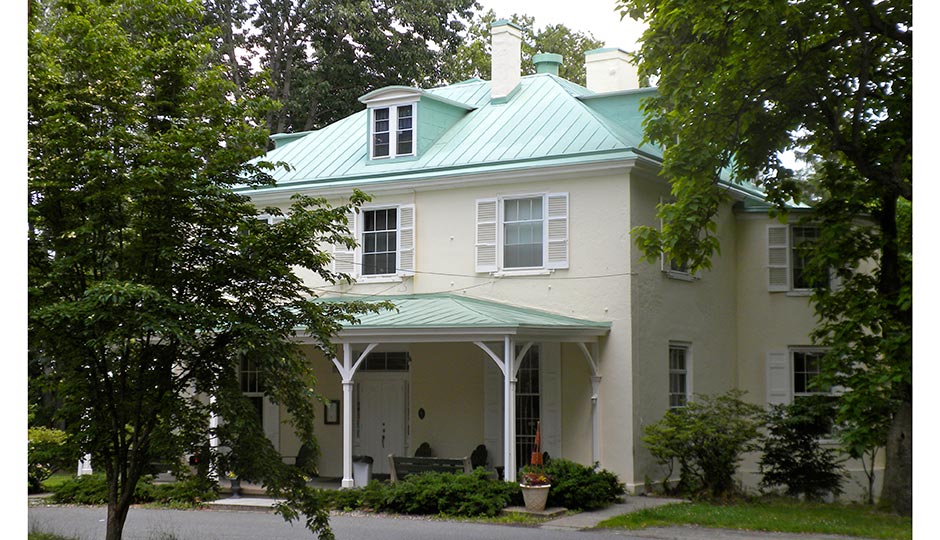
Chamounix. Photo | Smallbones. Licensed under Public Domain via Wikimedia Commons.
Chamounix, built as a summer house by merchant George Plumsted (1765-1805) in 1802 on a bluff overlooking the Schuylkill, has been a youth hostel since 1964 ($22 a night!) and claims to be the oldest urban hostel in the nation. In 1901, the mansion gave its name to a racetrack, the Chamounix Speedway, built nearby. Though it originally saw competitions between horse-drawn vehicles, the track was soon adopted for automobiles, and the Quaker City Motor Club held its first annual race there in 1908.
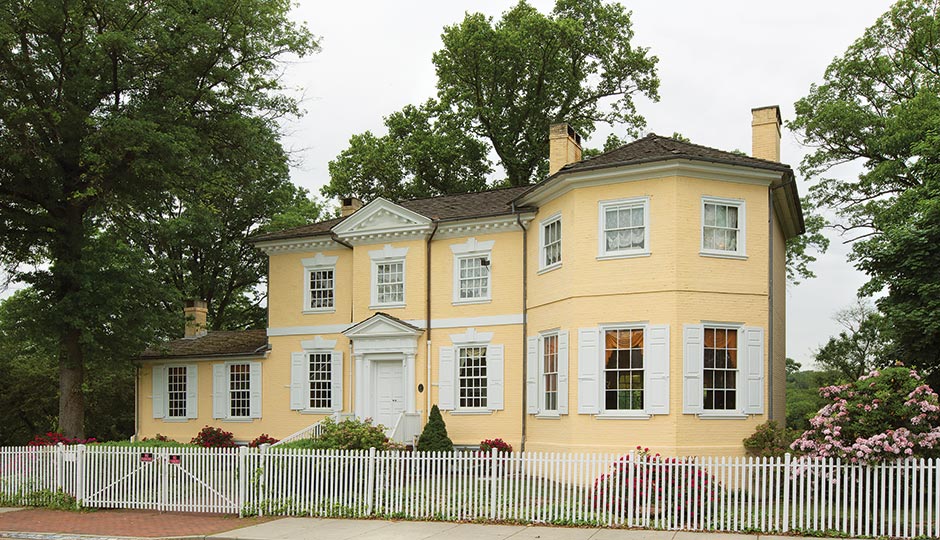
Laurel Hill. Photo | Mark Garvin.
Laurel Hill was built on land left to a young widow, Rebecca Rawle, after her husband died in a shooting accident. The original center section of the house was built around 1767 as a summer house when Rawle married again, to civic leader Samuel Shoemaker, who soon became the city’s mayor. After Shoemaker collaborated with the British during their occupation of Philadelphia in the winter of 1777-’78, the Pennsylvania Assembly found him guilty of treason and confiscated his property, including Laurel Hill. He left for England, but Rawle and her children from her first marriage stayed, and she finally regained her house in 1784. Shoemaker then returned from England, and the family resumed summering at Laurel Hill.

Sweetbriar. Photo | James McClelland and Lynn Miller.
Sweetbriar was built in 1797 as the year-round home of well-to-do merchant Samuel Breck, who grew up in France; during the French Revolution, Sweetbriar hosted a number of exiles, including the diplomat Talleyrand, General Lafayette, and the future king Louis Philippe and his brothers. A longtime member of the state legislature, Breck introduced the bill that gave birth to Pennsylvania’s public school system. Sweetbriar was used as a tavern, a restaurant and a day camp before being restored by the Junior League in 1932.

Rittenhouse. Photo | James McClelland and Lynn Miller.
In 1690, William Rittenhouse and his son Nicholas leased 20 acres in the Wissahickon Valley and built a paper mill. Over the next 200 years, eight generations of their family lived in what became known as Rittenhouse Town, a complex of mills and residences on the banks of the Monoshone and Wissahickon creeks. Their ranks included David Rittenhouse (1732-1796), the 18th-century mathematician and astronomer for whom Rittenhouse Square is named. Fairmount Park acquired 45 acres of Rittenhouse Town land in the 1870s so the mill and other industrial buildings could be demolished, in an attempt to keep Schuylkill River water clean for drinking. Seven domestic buildings were spared at the request of the family, including the 1707 home where David Rittenhouse was born.
Follow @SandyHingston on Twitter.


